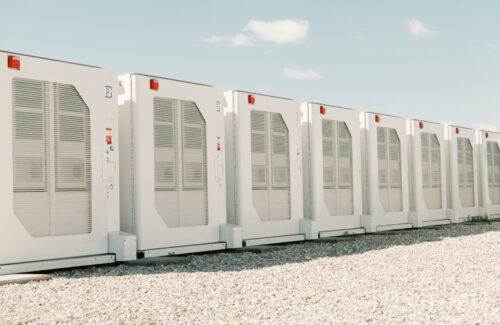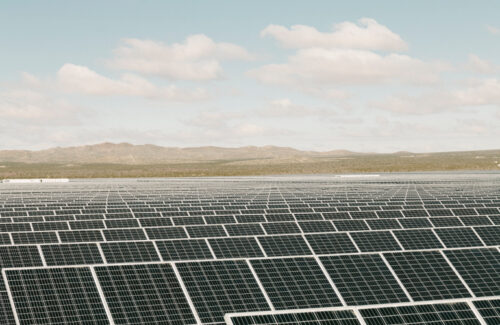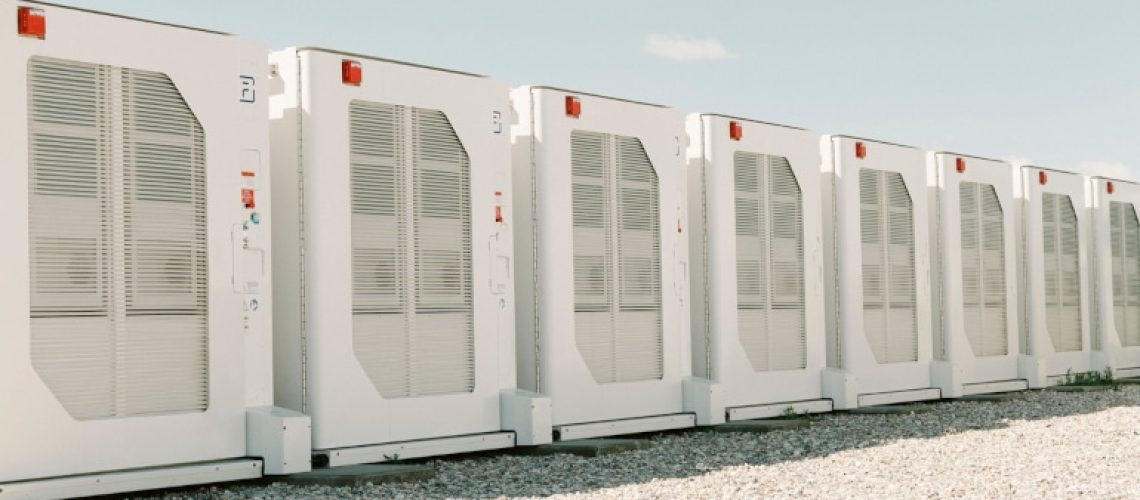The Baldy Mesa solar + storage project in Southern California is now connected to the grid. The 150-MW solar/75-MW storage project is enabled by Amazon, and AES developed and will own the project. Machine learning (ML) models powered by Amazon Web Services (AWS) are helping predict when and how the project’s battery unit should charge and discharge energy back to the grid.
 “AI is an important tool that’s already helping our society make the transition to carbon-free energy and address climate change at scale,” said Kara Hurst, Amazon’s vice president of Worldwide Sustainability, in a news release. “Pairing solar projects enabled by Amazon with AI technologies powered by AWS helps to ensure the grid and the customers it serves receive a steady supply of carbon-free energy for more hours each day, while also helping Amazon make progress toward our commitment to be a more sustainable company.”
“AI is an important tool that’s already helping our society make the transition to carbon-free energy and address climate change at scale,” said Kara Hurst, Amazon’s vice president of Worldwide Sustainability, in a news release. “Pairing solar projects enabled by Amazon with AI technologies powered by AWS helps to ensure the grid and the customers it serves receive a steady supply of carbon-free energy for more hours each day, while also helping Amazon make progress toward our commitment to be a more sustainable company.”
Amazon has enabled the development of 10 solar energy projects paired with battery energy storage systems to date — representing nearly 1.5 GW of battery energy storage capacity. All 10 projects are located across the southwestern U.S. in California and Arizona, and are helping power Amazon operations, including fulfilment centers, office buildings and Amazon’s data centers by matching the electricity they use with renewable energy.
 At Baldy Mesa, software leveraging machine learning, which was built using AWS service Amazon SageMaker, is expected to analyze up to 33 billion data points each year, according to Fluence, the solutions provider. The software is designed to extract more value from Baldy Mesa’s battery unit by dynamically optimizing when to buy, store and sell energy based on grid conditions. The same ML solution deployed at a similar site in California was able to help anticipate last year’s state-wide heatwave and helped stabilize the grid by delivering stored solar energy when it was needed the most.
At Baldy Mesa, software leveraging machine learning, which was built using AWS service Amazon SageMaker, is expected to analyze up to 33 billion data points each year, according to Fluence, the solutions provider. The software is designed to extract more value from Baldy Mesa’s battery unit by dynamically optimizing when to buy, store and sell energy based on grid conditions. The same ML solution deployed at a similar site in California was able to help anticipate last year’s state-wide heatwave and helped stabilize the grid by delivering stored solar energy when it was needed the most.
News item from Amazon






